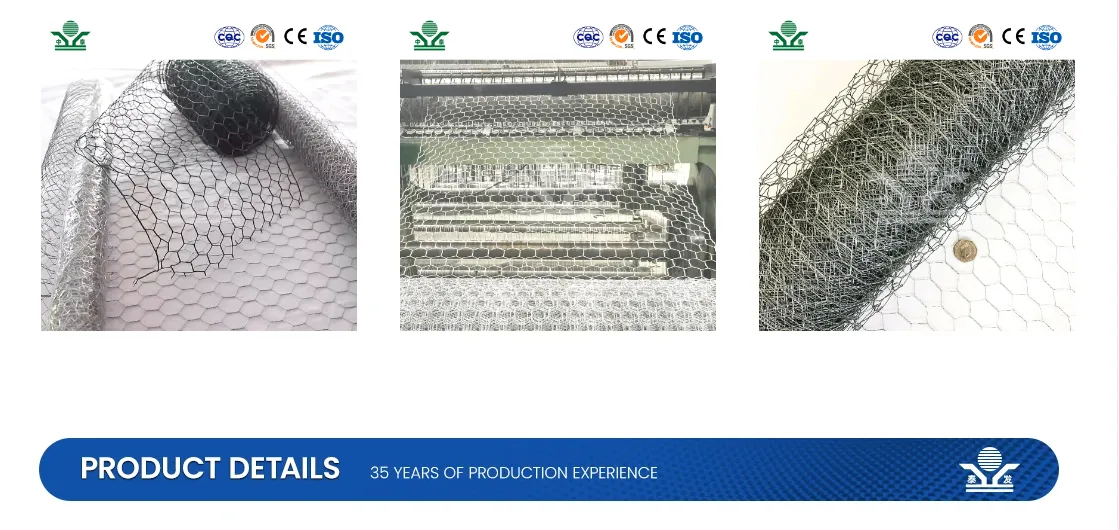Understanding Wire Net Prices Factors and Trends
In today's interconnected global economy, understanding the pricing of various commodities is crucial for businesses and consumers alike. One such commodity that often slips under the radar but plays a pivotal role in multiple industries is wire netting. Wire net prices can fluctuate based on various factors, reflecting shifts in demand and changes in supply, and this makes it essential for stakeholders to stay informed.
What is Wire Netting?
Wire netting refers to a mesh of wire used in a variety of applications, ranging from agriculture and construction to fencing and industrial uses. It can be constructed from different materials, including galvanized steel, stainless steel, and aluminum, each offering varying levels of durability, corrosion resistance, and cost. The versatility of wire netting makes it a staple in many industrial sectors, particularly in agricultural fencing, garden protection, and even in architectural designs.
Factors Influencing Wire Net Prices
1. Raw Material Costs The primary factor influencing wire net prices is the cost of raw materials. Steel prices, for instance, are greatly influenced by global market dynamics, including mining activities, shipping costs, and geopolitical tensions. When steel prices rise, so does the cost of wire netting.
2. Production Costs The methods of production also play a critical role. Innovations in manufacturing processes can lead to cost savings, whereas labor costs and energy prices in different regions can shift overall pricing structures. A surge in energy prices can substantially affect production costs, which are often passed down to consumers.
3. Market Demand Seasonal changes and economic trends can significantly influence demand for wire netting. For example, during the construction boom, demand for wire netting may increase rapidly, leading to higher prices. Conversely, during economic downturns, demand may decrease, causing prices to stabilize or fall.
wire net price

4. Transportation and Logistics The cost of transporting wire netting from manufacturers to distributors or retail outlets also affects final pricing. Fluctuations in fuel prices, shipping costs, and logistical challenges can contribute to price variations across regions.
5. Regulatory Considerations Additionally, government regulations regarding materials, environmental standards, and import/export duties can influence prices. Regions with stricter regulations may see higher production costs, impacting the overall pricing of wire netting.
Trends in Wire Net Pricing
In recent years, there has been a noticeable trend in the pricing of wire netting that aligns with broader economic shifts. The increased focus on sustainability and eco-friendly materials has led manufacturers to explore alternative materials that may initially be more expensive but offer long-term benefits. This shift could lead to varying price structures in the coming years.
Moreover, the rise of digital marketplaces has transformed how wire netting is sold and priced. Online platforms allow for greater price transparency, enabling buyers to quickly compare prices and manufacturers. This increased competition can lead to more competitive pricing, but it may also create pressure on manufacturers to maintain quality while managing costs.
Conclusion
Wire net pricing is a complex landscape influenced by multiple factors ranging from raw material costs to market dynamics and regulatory frameworks. As industries continue to evolve and adapt to trends like sustainability and digitalization, the pricing of wire netting will reflect these changes. For consumers and businesses, staying informed about these factors is essential, not only for budgeting purposes but also for making strategic decisions about purchasing and investment in wire products. Understanding wire net prices is more than just tracking numbers; it reflects the broader health of the economy and the continuous interplay of supply and demand in an ever-changing marketplace.
-
Why Galvanized Trench Cover Steel Grating Resists Corrosion
NewsJul.10,2025
-
The Versatility and Strength of Stainless Expanded Metal Mesh
NewsJul.10,2025
-
Load Calculations in Steel Grating Platforms
NewsJul.10,2025
-
Keeping Pets and Kids Safe with Chicken Wire Deck Railing
NewsJul.10,2025
-
Hole Diameter and Pitch for Round Perforated Metal Sheets
NewsJul.10,2025
-
Aluminium Diamond Mesh in Modern Architecture
NewsJul.10,2025
Subscribe now!
Stay up to date with the latest on Fry Steeland industry news.

